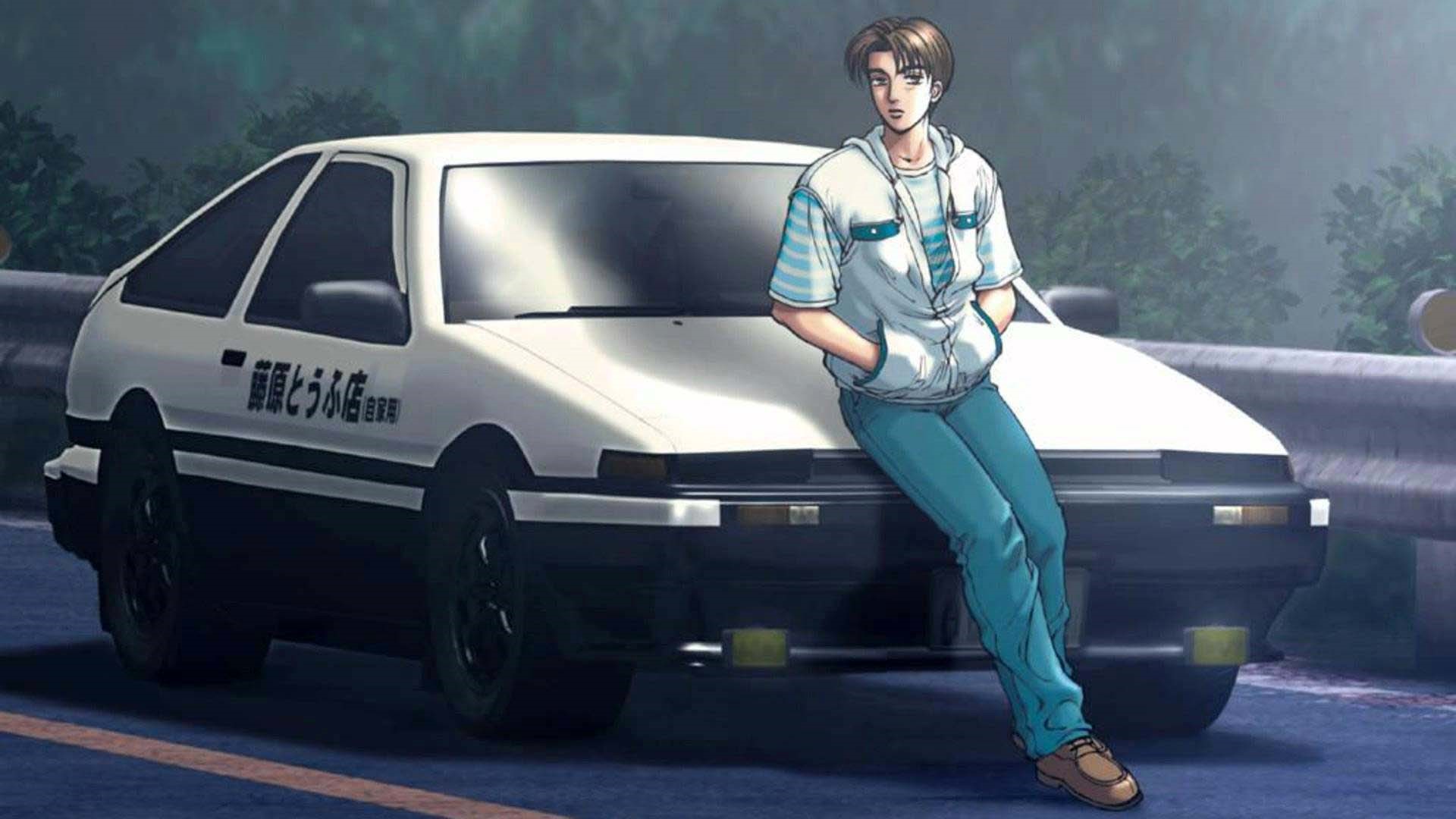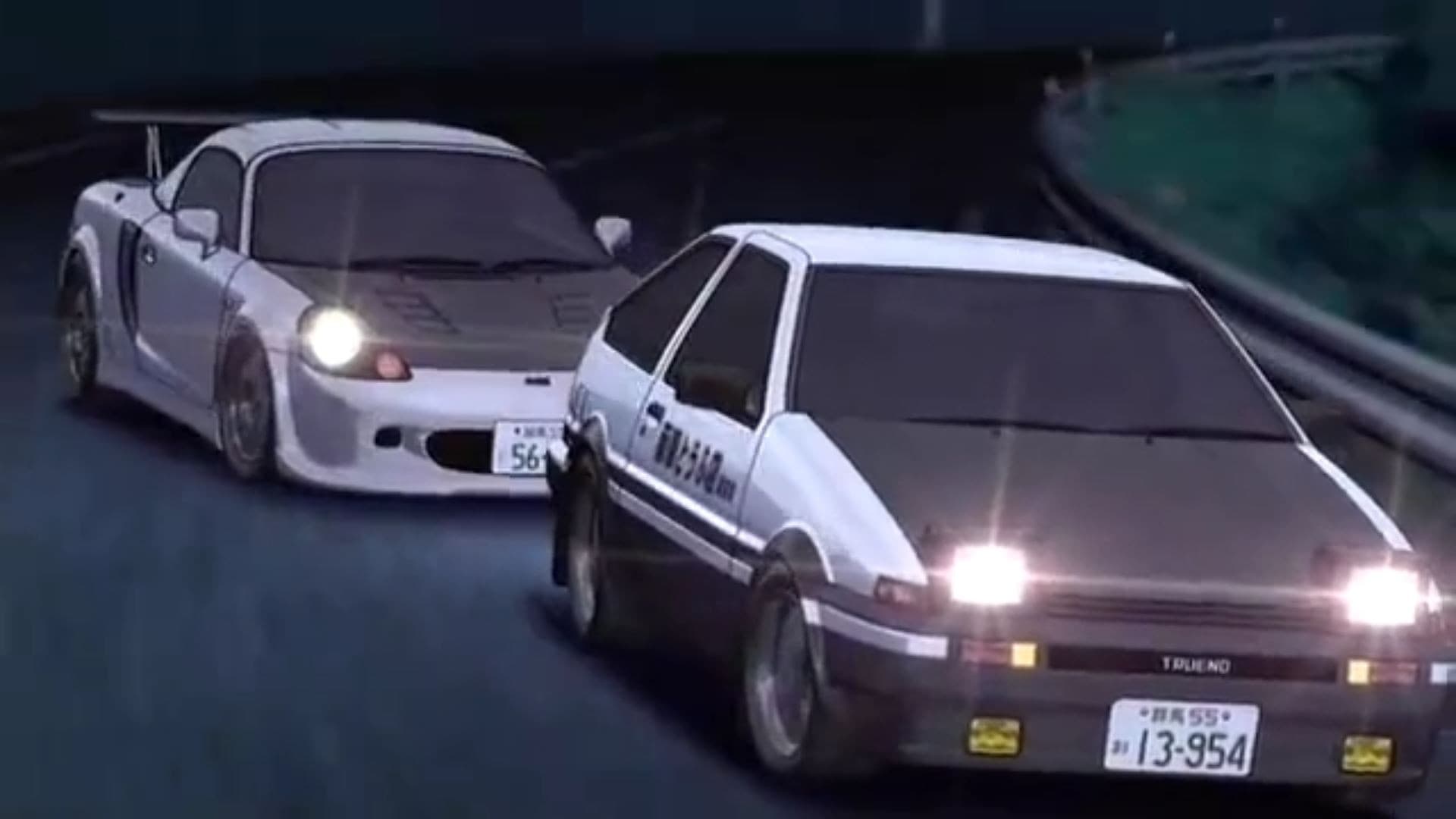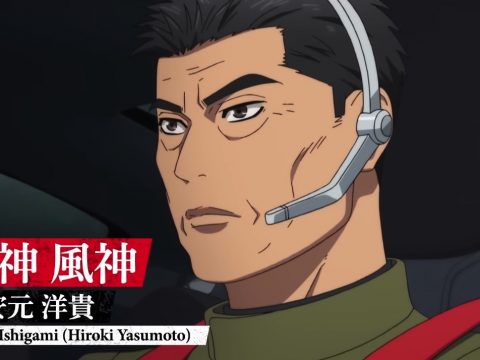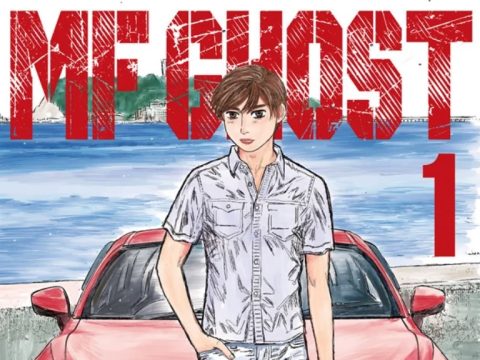 It’s the summer of 2004, and I’m in the passenger seat of my friend’s wilderness-green Subaru Outback. He reaches behind the dashboard, pulls out a foam sleeve of burned CDs pushed well past breaking, and slips a disc into the CD player loaded with strange, too-fast circus music with incomprehensible lyrics sung by non-native English speakers. We knew it was from an anime and manga series called Initial D, but its reputation was enough. That, and its ridiculous soundtrack, which had us singing along for the entirety of our junior and senior years of high school.
It’s the summer of 2004, and I’m in the passenger seat of my friend’s wilderness-green Subaru Outback. He reaches behind the dashboard, pulls out a foam sleeve of burned CDs pushed well past breaking, and slips a disc into the CD player loaded with strange, too-fast circus music with incomprehensible lyrics sung by non-native English speakers. We knew it was from an anime and manga series called Initial D, but its reputation was enough. That, and its ridiculous soundtrack, which had us singing along for the entirety of our junior and senior years of high school.
A few months later, another friend would pull into an empty parking lot 20 minutes south of Denver, slamming his foot on the accelerator and spinning the wheel in a desperate and ill-advised attempt to recreate a fleeting moment of the drift-racing thrills from that same show, the 1998 TV anime adaptation of Shuichi Shigeno’s seminal mid-90’s manga series. It didn’t work, but something about this particular show, in this particular moment, had managed to capture the hearts of these particular Japan-obsessed nerds, and somewhere down the line, it ended up inspiring some of them to become real drifters themselves.
It is a story with which any bored teenage male living in modern industrialized society can identify. Nyquil-eyed protagonist Takumi Fujiwara lives in a sleepy town in rural Gunma Prefecture, whiling away his youth with a part-time job at the local gas station and driving delivery routes for his family’s tofu shop at night. Soon enough, he’s reluctantly drawn into the world of drift racing, where his prowess as a tofu deliveryman is revealed as the source of his superheroic driving ability. All those nights of drifting down mountain passes while—under his father Bunta’s insistence—never allowing the cup of water in the drink holder to spill (it’s bad for the tofu!) has unknowingly given him all of the fundamentals necessary to eventually become a world-class racer.
Something about this setup always struck me as particularly manga. Takumi is the reluctant hero, incredibly gifted, and the envy of his loser friend Itsuki—but he couldn’t care less. Valuable as his gift is, he never asked for it. He didn’t set a goal and push himself to the limit so that he might one day inherit his father’s racing legacy. No: his dad put his son behind the wheel because if he was going to have someone help deliver tofu for the family business, it might as well be his son, and if he was going to have his son drive, he might as well give him an impossible goal to eventually turn him into his downhill drift racing heir.
So often in manga-inspired storytelling, characters are established as threats by way of an impossible feat performed with the same unthinking banality of a chore, but Takumi’s water cup trick is maybe the one that seems the most maybe-plausible of them all. Is it actually? There are plenty of Mythbusters-style videos online testing whether or not this is actually physically possible (including actual drivers who attach little water bowls to their windshields to improve the smoothness of their drifting), but this almost feels beside the point. It’s how bored Takumi is after having mastered this impossibly difficult challenge while Super Eurobeat blares from his car speakers that gets me every time.
Which, let me be honest here: the soundtrack is at least 70% of what drew me to the series in the first place. It’s a spastic spinoff of Italo house boasting song titles like “Speedy Speed Boy,” “Get Me Power,” and “Running in the 90’s,” produced by artists operating under pseudonyms like Dave Rodgers, Max Coveri, and Mega NRG Man. It’s amazing, and terrible, and I love everything about it.
I’m not sure it’s a coincidence that the Super Eurobeat CD compilation series, like Initial D itself, has existed in one form or another for over thirty years, shifting its goals and style in degrees so subtle as to border on the invisible. Super Eurobeat Volume 1, released nearly 30 years ago in 1990, is, at first blush, indistinguishable from any other mid-tempo Italo disco album from the late ‘80s. Play it back at 1.25x speed, though, and it suddenly sounds like a track from 1999’s Volume 100. To wit: a music genre synonymous with a series about drift racing distinguished itself by going slightly faster. A pat observation, but it’ll do.
The other aesthetic choice that feels intrinsically Initial D is the forever-dated late-90s CG used for all of the scenes involving cars. Hard as it is to imagine, I still remember a time when these scenes of barely lit, cantankerous polygons bumbling down straightaways looked good. I have distinct memories of excitedly renting Beyond the Mind’s Eye from my local Blockbuster, for crying out loud.

But that was part of the draw, in a way. This was a show that introduced a particular brand of manga-style storytelling—the sports fantasy—to American audiences, in a way that Captain Tsubasa and its ilk never quite managed to achieve. As much as people mocked the look of the show, and its dead-eyed, ugly characters, I think this ultimately worked to the show’s benefit outside of Japan. It didn’t quite looklike anime, which probably helped it reach an audience a cleaner and more polished-looking show wouldn’t have.
I know a weirdly large number of people who—because of Initial D—either became interested in drift racing, moved to Japan to work in a field related to motorsports, or both. That dream was easy enough to make reality. But what happens when reality moves on? A large chunk of my day job is spent translating reports on the development of self-driving cars, which, when you think about it, may just erase the idea of drift racing from the world entirely.
A few years ago, Initial D creator Shuichi Shigeno started drawing MF Ghost, a pseudo-sequel to Initial D set in our driverless future, where cars you actually drive exist exclusively in the realm of well-moneyed enthusiasts. Perhaps it’s inevitable that Initial D’s blue-collar story of bored teenagers in the middle of nowhere inevitably becomes what it always was to many: a fantastic story to be enjoyed as fiction, a video game simulation, or a song blaring on a car stereo.
As the decades stretch on and the world resembles the one of 1995 less and less, it becomes more apparent that this is the greatest fantasy Initial D can present: that no matter where you live, how far technology has progressed, or what the price of gas is, you can always lie to yourself, and pretend that you’re still Running in the 90’s.
When not battling highway gangs for the title of “Fastest Drift Under the Heavens,” Jason Moses works as a translator in Tokyo.






